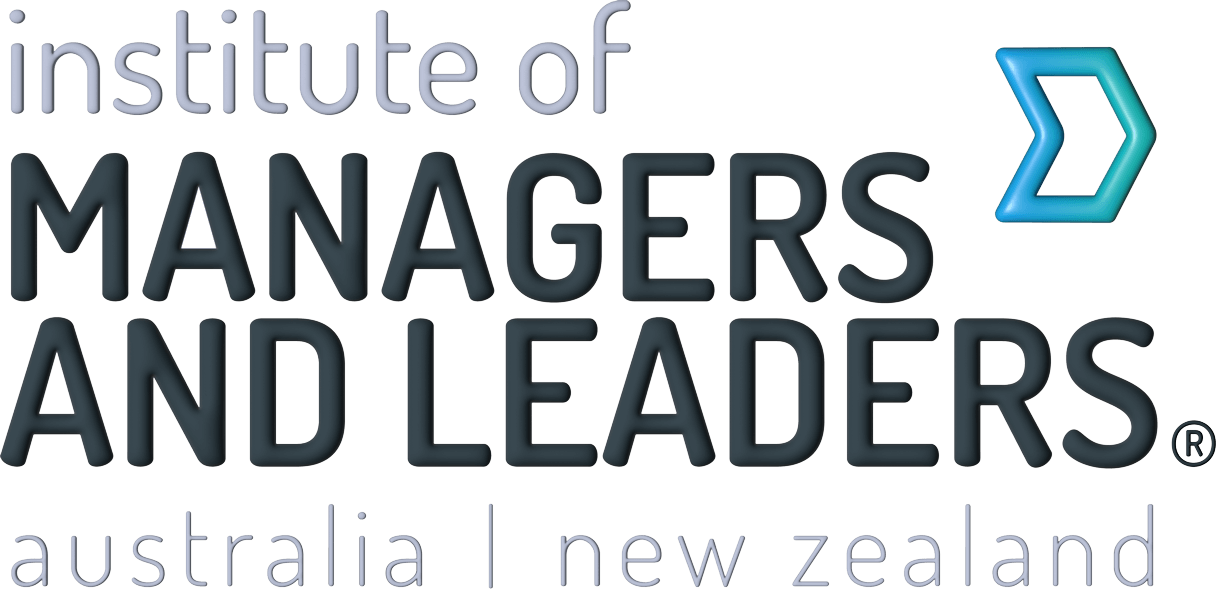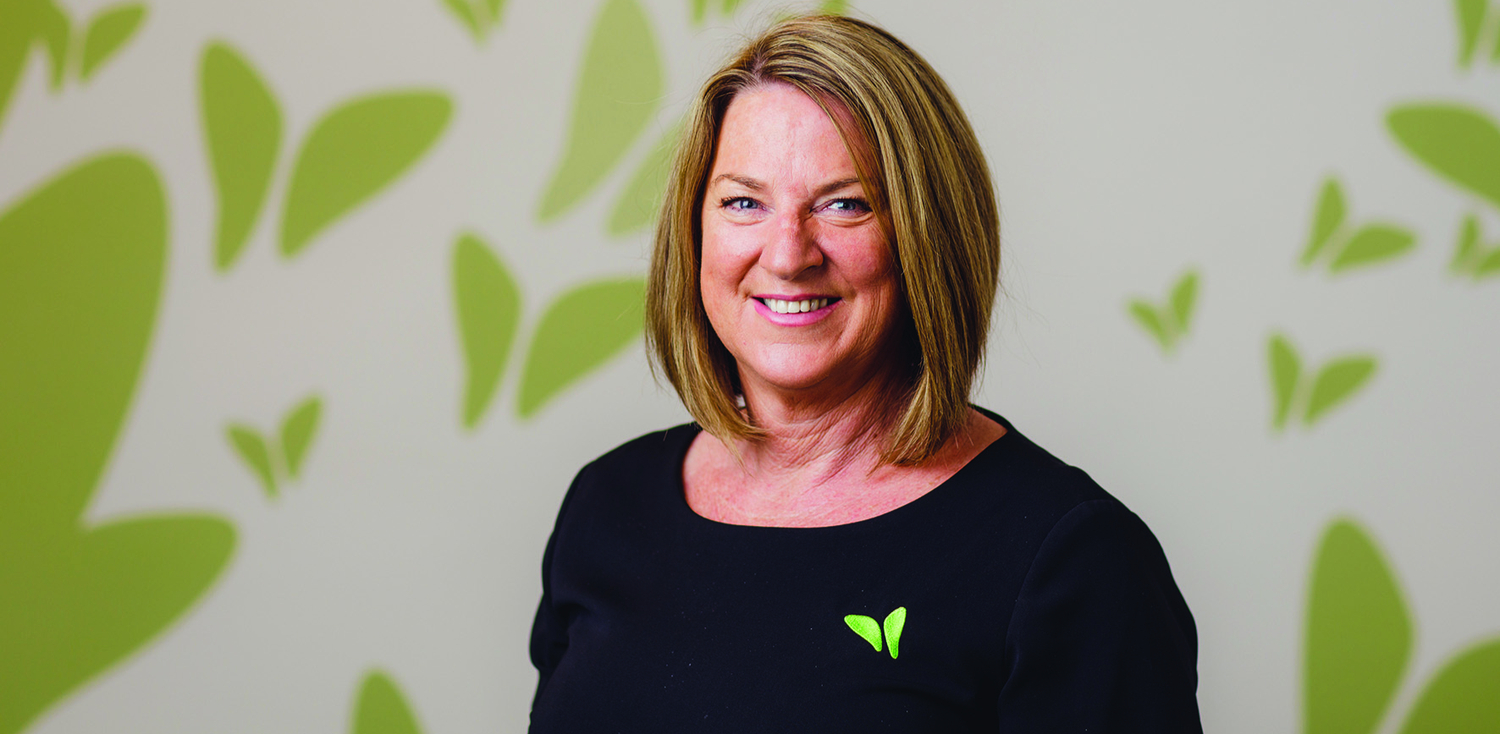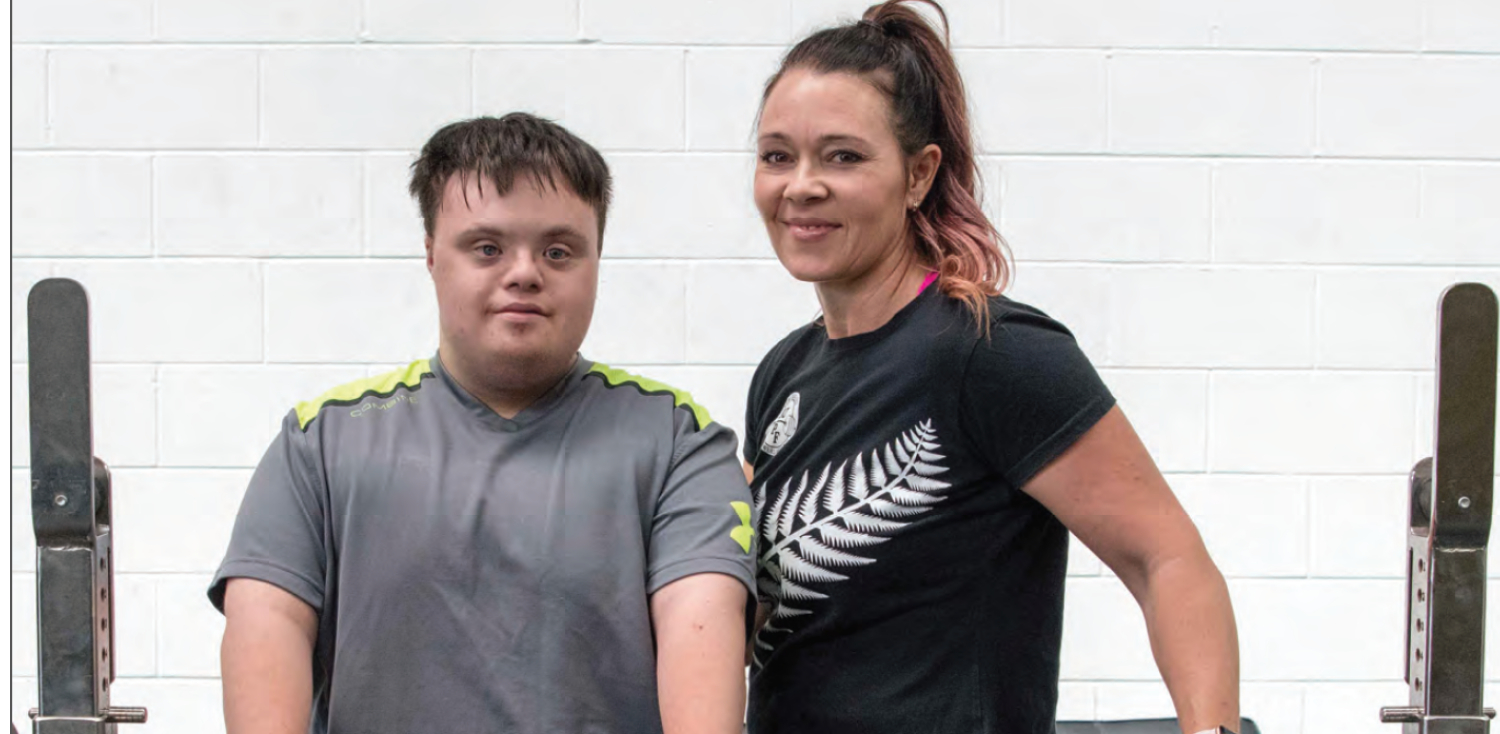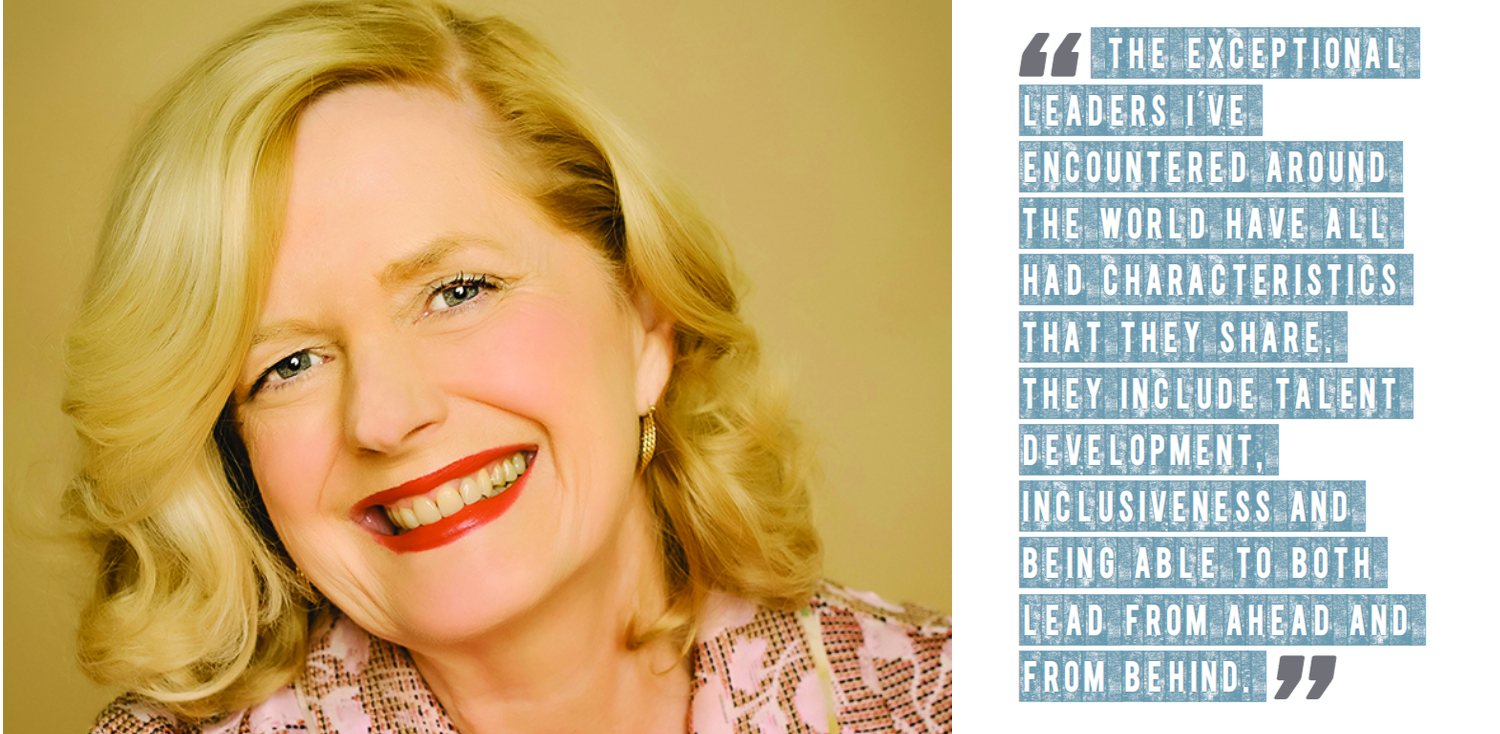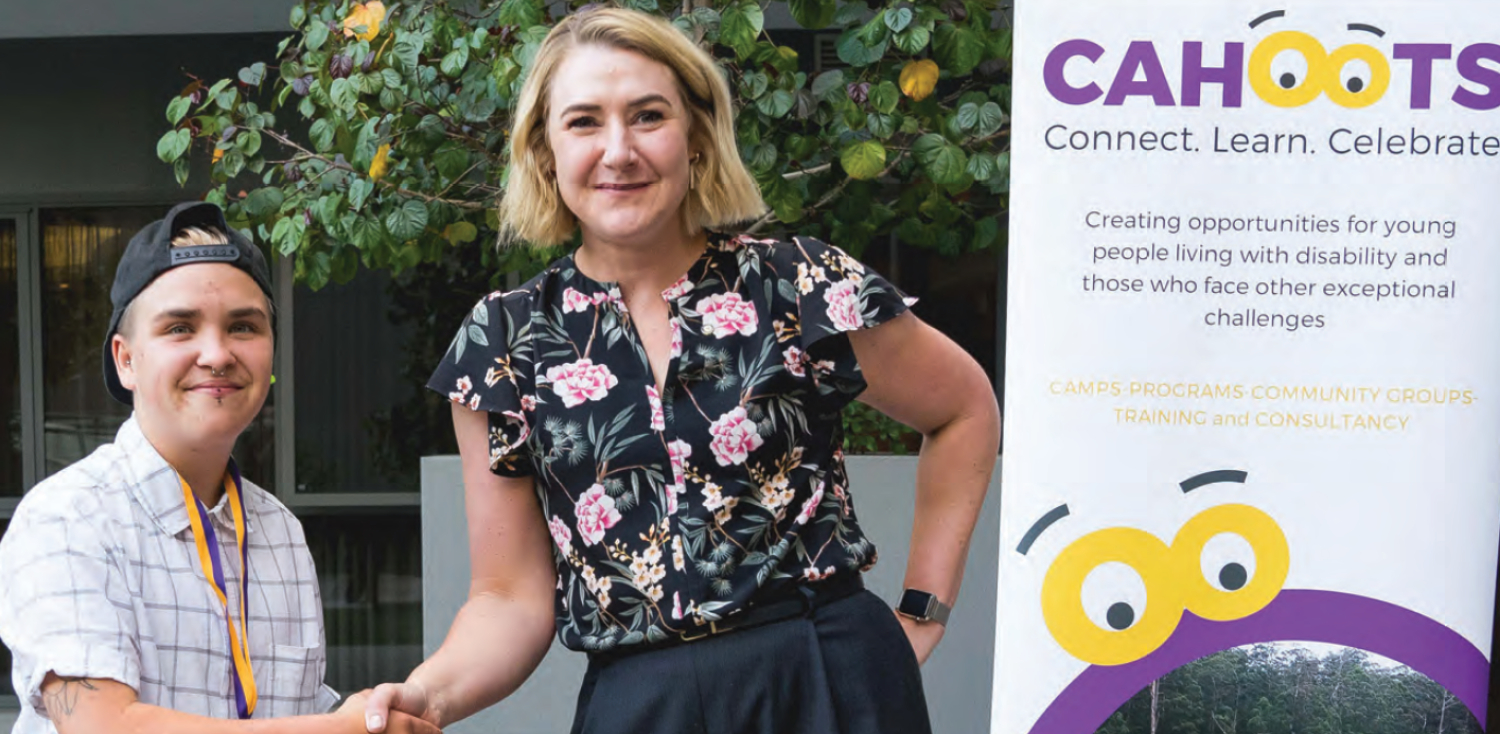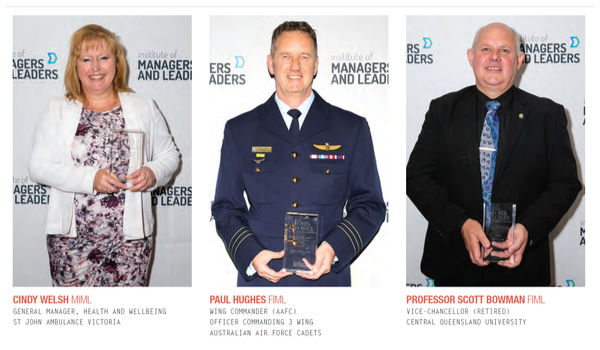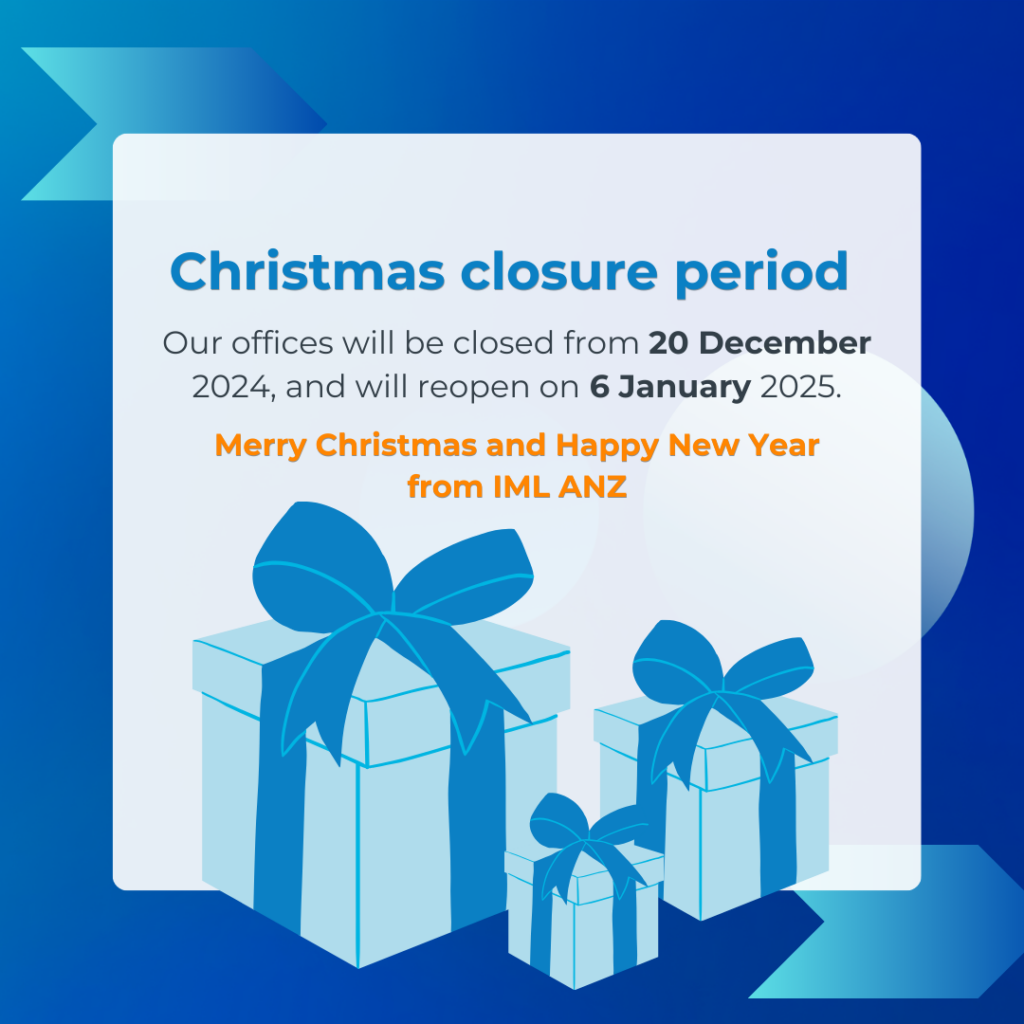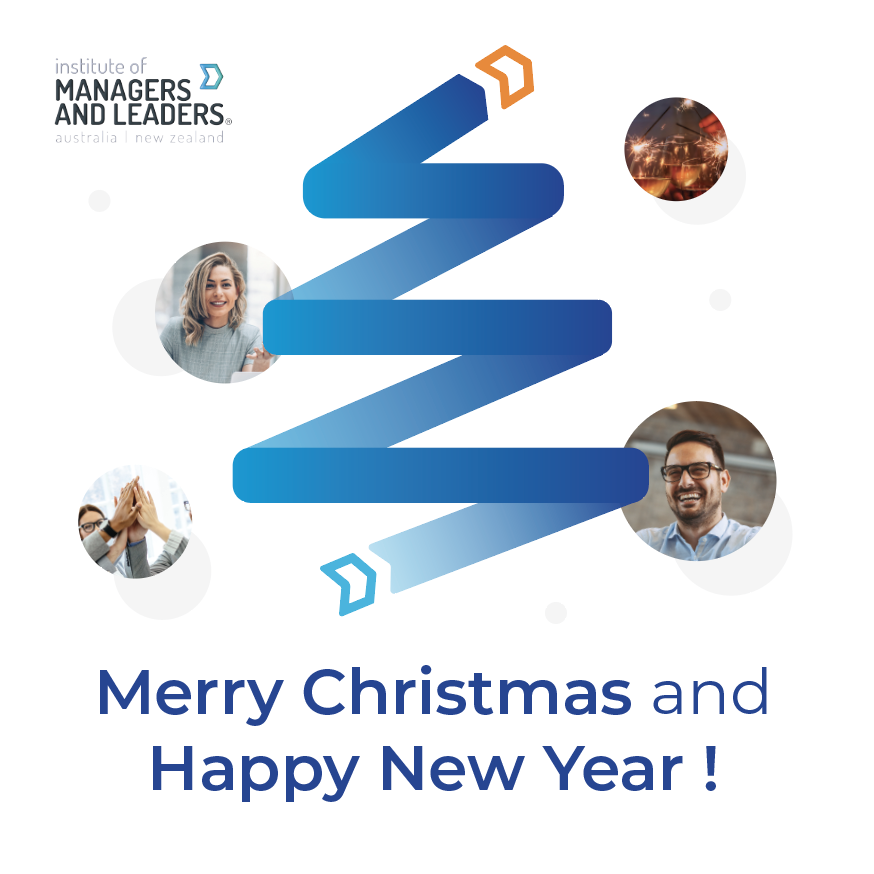By Andy McLean MIML
When most people are asked to name today’s greatest innovators, their answers are predictable. If I were given a dollar every time I heard the names “Richard Branson”, “Sheryl Sandberg” and “Larry Page” I would probably have seed funding for my own Silicon Valley startup.
But one name that has never cropped up, until now, is: Baz Luhrmann. On the face of it, the man behind blockbuster movies like The Great Gatsby, Moulin Rouge and Romeo + Juliet is an unlikely poster boy for business innovation. But that’s who PwC’s Chief Creative Officer, Russel Howcroft, believes business leaders should seek to emulate.
“We all need to find our inner Baz,” says Howcroft. “Here’s someone who is highly creative and equally highly commercial. He’s also brave enough to put it out there.”
What Howcroft admires is the movie director’s blend of innovation and business nous. Luhrmann’s kaleidoscopic films have rewritten the creative rule book in Hollywood, while simultaneously breaking box office records. Four of the top 10 highest-grossing Australian movies of all time were directed by Luhrmann.
“I’m not talking about creativity just for the fun of it,” says Howcroft. “I believe in the power of commercial creativity. If leaders want their organisations to go beyond net market growth, then they have to apply creativity. It’s the number one tool for brand development, generating demand, increasing your margin, and selling more.
“The alternative is to keep doing the same thing every day and expecting something different to happen – and that’s the definition of insanity. Australian and New Zealand businesses need to step outside their comfort zone if they want to achieve meaningful growth.”
As a panellist on the ABC’s Gruen television series, Howcroft is one of Australia’s best-known authorities on marketing and advertising. He argues that creativity is not only a macroeconomic concern or a strategic business priority – but also the key to safeguarding the future careers of managers and leaders.
“There’s a lot of talk about jobs being replaced by artificial intelligence, and you know what? Our creative capacity is what can keep humans gainfully employed. That’s why the Chinese are putting creativity front and centre in their education system. That’s why the Indonesians held the first global conference on the creative economy last year. And that’s why Australia and New Zealand have to prioritise creativity too.”
START AT THE TOP
So how can organisations identify the latent creativity that exists within the workforce?
“We’ve got to start at the top and as leaders say, ‘Yes, creativity matters and it’s a strategic priority for us’,” suggests Howcroft. “I recommend appointing someone in the executive team to champion ideas and seek them out. If that’s the CEO or CMO, then that’s great. If not, appoint someone who is highly energised by creativity in all its forms. Get them to focus on improving performance and finding new innovations.”
When asked to describe what a creative organisation looks and feels like, Howcroft ’s eyes light up. “I think the number one behaviour you see is respect for ideas and respect for the individual’s desire to put ideas on the table. It’s really important that everyone in the organisation feels comfortable having a conversation about their ideas. They won’t always be great ideas but you need to celebrate having the conversation because it might lead to something that is powerful and really good for the business.”
Howcroft ’s advice is resoundingly supported by a 2017 McKinsey study, which found that creative companies are far more likely to achieve better financial performance than other industry peers. McKinsey said creative companies were distinguishable from others because they made creativity and innovation a priority during business-as-usual activities. It also said creative organisations were “customer fanatics” who got products to market faster, tracked progress, and adapted to early market signals.
Howcroft adds that a culture of creativity requires leaders to recruit and retain people with an aptitude for innovation and ideas. To illustrate this, he recalls his time working in advertising agencies: “I used to say, ‘You’ve got two choices. You can look at the mirror or you can look out the window. I’m only interested in people who are looking out the window’.
“What leaders should be careful of is a culture where people are inward looking. You can’t just rely on algorithms and your newsfeed for inspiration – you’ll end up taking your business down a narrow rabbit hole. Instead, I look for people who are voracious consumers of all things cultural.”
COMMERCIALISING CREATIVITY FOR CLIENTS
Howcroft’s belief in commercial creativity is what guides much of his work at PwC. The focus is on developing strategies with clients to derive maximum value from marketing and communications activity.
“What we’re doing is helping clients with the significant problem of how marketing drives growth,” he explains. “The market has never been more complex in terms of working out where to spend your marketing dollars to extract the best return. We help clients understand whether or not they are spending enough in the right places.”
PwC also advises marketing leaders on their internal and external structures, to ensure they are set up and equipped to fulfil their ambitions. “We are involved as strategic consultants, rather than at the execution stage of marketing,” says Howcroft. “It’s all about establishing the best platform for growth.”
HOW TO FIND YOUR INNER BAZ
While Howcroft does not advise individual leaders on how to find their inner Baz Luhrmann, he has worked with enough creative people down the years to offer a few pointers. “You need to have confidence. Many leaders are cautious and feel reticent to express their ideas. There’s a temptation to say, ‘I’m not sure about this idea…’ Instead, I think you have to back yourself and also get behind other people’s ideas too.
“My final piece of advice would be: Don’t doubt the power of creativity. There’s enough case studies and research out there – stretching to the moon and back – proving the commercial potential of creativity. Let’s just acknowledge it’s powerful and get on with it.”
This article originally appeared in the September 2019 edition of Leadership Matters, IML ANZ’s quarterly magazine. For editorial suggestions and enquiries, please contact karyl.estrella@managersandleaders.com.au.
